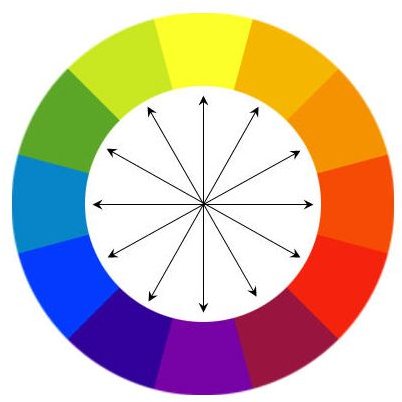CMYK Color vs RGB Color: Understanding the Differences Between the Two Formats
Color Management Confusion
Few issues in desktop publishing cause as much confusion as color management.
Even without getting into the world of monitor calibration, ICC and lab color, desktop publishers are faced with managing the differences between RGB and CMYK colors.
In a sense, the two color spaces are opposites. One, RGB is what your monitor uses to send color to your eye. It combines red, green, and blue to create a whole range of different colors. It is sometimes referred to as an additive color process.
Differences Between CMYK and RGB Colors
CMYK is the color space used in the world of ink and paper, and it is sometimes called a subtractive color process. Cyan, magenta
and yellow inks are combined to create thousands of other colors. Black ink is added into the process because, while in theory black can be created by combining cyan, magenta and yellow, in reality the end result of this combination has a tinge to it that doesn’t give the effect of a pure black.
So what does all this mean in a practical sense to desktop publishers and graphic designers? For starters, RGB offers a much wider range of colors than CMYK does, and RGB colors tend to be more vivid than CMYK. Many RGB colors cannot be duplicated using the CMYK process.
As long as your document is staying on a computer screen (as a web page, for example), these differences are purely theoretical. However, the moment your desktop published document makes the leap from monitor to printing press, the differences between the two color spaces become crucial. A green that looked vivid and Christmas-like on screen, for example, can turn into a dull, khaki color when your document is printed. That charming piece of clip art of Santa’s elves in bright green outfits suddenly looks like a picture of elves in Army uniforms when converted from RGB to CMYK.
Thus, if you are using a particular color, convert it to CMYK to make sure it will print the way you want it to. Note that some software (including Photoshop Elements and LE, Microsoft Word and Picture It Publishing) does not allow users to work in CMYK.
In the old days of desktop publishing, the prevailing wisdom was that all documents should be converted to CMYK before sending them to a printer or service bureau. This allows the desktop publisher a measure of control over color appearance, and is a good way to prevent problem, such as separations not printing properly. More than one desktop publisher has forgotten to convert a color, and had a print job come back with graphic elements like lines and shaded boxes missing as a result.
Nowadays, however, there are a few printers who actually prefer to receive files in RGB color mode; they do the conversion to CMYK themselves. The rationale for this is that, as experienced print professionals, they can better convert the RGB to its closest CMYK equivalent taking into account the calibration of their printing equipment. The key is to consult with your printer or service bureau ahead of time to see what format they prefer for your document.
It should also be noted that many inkjet printers and desktop color lasers automatically convert files from RGB. However, the limitations of CMYK still apply to these output devices, so design with color mode differences in mind.
